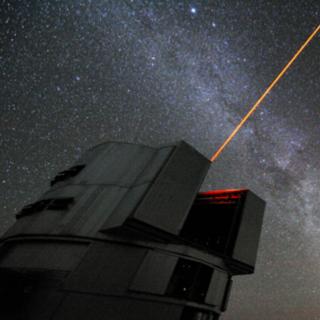Bibcode
Libralato, M.; Bedin, L. R.; Griggio, M.; Massari, D.; Anderson, J.; Cuillandre, J. -C.; Ferguson, A. M. N.; Lançon, A.; Larsen, S. S.; Schirmer, M.; Annibali, F.; Balbinot, E.; Dalessandro, E.; Erkal, D.; Kuzma, P. B.; Saifollahi, T.; Verdoes Kleijn, G.; Kümmel, M.; Nakajima, R.; Correnti, M.; Battaglia, G.; Altieri, B.; Amara, A.; Andreon, S.; Baccigalupi, C.; Baldi, M.; Balestra, A.; Bardelli, S.; Basset, A.; Battaglia, P.; Bonino, D.; Branchini, E.; Brescia, M.; Brinchmann, J.; Caillat, A.; Camera, S.; Capobianco, V.; Carbone, C.; Carretero, J.; Casas, S.; Castellano, M.; Castignani, G.; Cavuoti, S.; Cimatti, A.; Colodro-Conde, C.; Congedo, G.; Conselice, C. J.; Conversi, L.; Copin, Y.; Courbin, F.; Courtois, H. M.; Cropper, M.; Da Silva, A.; Degaudenzi, H.; De Lucia, G.; Dinis, J.; Dubath, F.; Dupac, X.; Dusini, S.; Fabricius, M.; Farina, M.; Farrens, S.; Faustini, F.; Ferriol, S.; Fosalba, P.; Frailis, M.; Franceschi, E.; Fumana, M.; Galeotta, S.; Garilli, B.; George, K.; Gillard, W.; Gillis, B.; Giocoli, C.; Gómez-Alvarez, P.; Grazian, A.; Grupp, F.; Guzzo, L.; Haugan, S. V. H.; Hoar, J.; Hoekstra, H.; Holmes, W.; Hormuth, F.; Hornstrup, A.; Hudelot, P.; Jahnke, K.; Jhabvala, M.; Keihänen, E.; Kermiche, S.; Kiessling, A.; Kilbinger, M.; Kubik, B.; Kunz, M.; Kurki-Suonio, H.; Laureijs, R.; Le Mignant, D.; Ligori, S.; Lilje, P. B.; Lindholm, V.; Lloro, I. et al.
Bibliographical reference
Astronomy and Astrophysics
Advertised on:
12
2024
Journal
Citations
6
Refereed citations
4
Description
The instruments at the focus of the Euclid space observatory offer superb, diffraction-limited imaging over an unprecedented (from space) wide field of view of 0.57 deg2. This exquisite image quality has the potential to produce high-precision astrometry for point sources once the undersampling of Euclid's cameras is taken into account by means of accurate, effective point spread function (ePSF) modelling. We present a complex, detailed workflow to simultaneously solve for the geometric distortion (GD) and model the undersampled ePSFs of the Euclid detectors. Our procedure was successfully developed and tested with data from the Early Release Observations (ERO) programme focused on the nearby globular cluster NGC 6397. Our final one-dimensional astrometric precision for a well-measured star just below saturation is 0.7 mas (0.007 pixel) for the Visible Instrument (VIS) and 3 mas (0.01 pixel) for the Near-Infrared Spectrometer and Photometer (NISP). Finally, we present a specific scientific application of this high-precision astrometry: the combination of Euclid and Gaia data to compute proper motions and study the internal kinematics of NGC 6397. Future work, when more data become available, will allow for a better characterisation of the ePSFs and GD corrections that are derived here, along with assessment of their temporal stability, and their dependencies on the spectral energy distribution of the sources as seen through the wide-band filters of Euclid.
Related projects

Galaxy Evolution in the Local Group
Galaxy formation and evolution is a fundamental Astrophysical problem. Its study requires “travelling back in time”, for which there are two complementary approaches. One is to analyse galaxy properties as a function of red-shift. Our team focuses on the other approach, called “Galactic Archaeology”. It is based on the determination of galaxy
Emma
Fernández Alvar